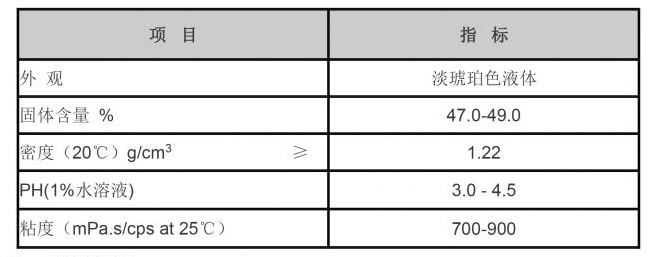cross linked polyacrylamide
Cross-Linked Polyacrylamide Properties, Applications, and Future Prospects
Cross-linked polyacrylamide (PAM) is a versatile polymer that has garnered significant attention due to its unique properties and wide-ranging applications. As a synthetic polymer, PAM is created through the polymerization of acrylamide monomers, with a cross-linking agent added to enhance its structural integrity and functionality. This article will explore the properties of cross-linked polyacrylamide, its various applications, and potential future developments.
Properties of Cross-Linked Polyacrylamide
The unique properties of cross-linked polyacrylamide stem from its molecular structure. The cross-linking process forms a three-dimensional network of polymer chains, leading to enhanced mechanical strength compared to linear polyacrylamide. This network structure allows for high water retention, making cross-linked PAM an excellent material for applications requiring moisture absorption or retention. Furthermore, it exhibits excellent chemical stability, resistance to degradation, and a relatively low toxicity profile, making it suitable for various industrial and environmental applications.
One of the most remarkable properties of cross-linked polyacrylamide is its ability to swell in the presence of water. This swelling’s extent depends on the degree of cross-linking and the concentration of the polymer. The material can absorb large amounts of water, forming a gel-like substance that can be manipulated for various purposes. Additionally, due to its hydrophilic nature, cross-linked PAM is easily modified to enhance its properties, such as improving biodegradability or incorporating functional groups for specific interactions.
Applications of Cross-Linked Polyacrylamide
The applications of cross-linked polyacrylamide are extensive and span numerous fields, including agriculture, medicine, and environmental engineering.
cross linked polyacrylamide

1. Agricultural Uses In agriculture, cross-linked polyacrylamide is utilized as a soil conditioner and water-retention agent. It helps to improve soil structure, enhance water retention in arid regions, and reduce erosion. By maintaining moisture levels in the soil, it contributes to better crop yields and reduces the need for frequent irrigation, thus promoting sustainable farming practices.
2. Medical Applications In the medical field, cross-linked polyacrylamide is employed in various forms, including hydrogels for drug delivery systems and tissue engineering scaffolds. Its biocompatibility and ability to mimic the extracellular matrix make it an ideal candidate for creating environments conducive to cell growth and regeneration. Moreover, it is utilized in cosmetic surgery, particularly in dermal fillers, where it provides volume and elasticity to soft tissues.
3. Environmental Engineering Cross-linked polyacrylamide is also used in water treatment processes to aid in the removal of contaminants from wastewater. It acts as a flocculant, promoting the aggregation of suspended particles, making it easier to separate solids from liquids. Additionally, PAM is applied in the mining industry to control dust and enhance the recovery of valuable minerals in mineral processing.
Future Prospects
As the demand for environmentally friendly and sustainable materials continues to rise, the future of cross-linked polyacrylamide looks promising. Researchers are actively exploring bio-based alternatives and novel cross-linking techniques to enhance the biodegradability of PAM while maintaining its beneficial properties. Innovations in green chemistry may lead to the development of PAM variants synthesized from renewable resources, which would address environmental concerns associated with traditional petroleum-based polymers.
In conclusion, cross-linked polyacrylamide is a remarkable polymer with diverse applications across various industries. Its unique properties, such as water retention, chemical stability, and biocompatibility, make it a crucial material in agriculture, medicine, and environmental engineering. As research progresses toward more sustainable practices, cross-linked polyacrylamide may evolve further, solidifying its role in addressing contemporary challenges in material science and environmental sustainability.
-
Water Treatment with Flocculant Water TreatmentNewsJun.12,2025
-
Polymaleic AnhydrideNewsJun.12,2025
-
Polyaspartic AcidNewsJun.12,2025
-
Enhance Industrial Processes with IsothiazolinonesNewsJun.12,2025
-
Enhance Industrial Processes with PBTCA SolutionsNewsJun.12,2025
-
Dodecyldimethylbenzylammonium Chloride SolutionsNewsJun.12,2025





